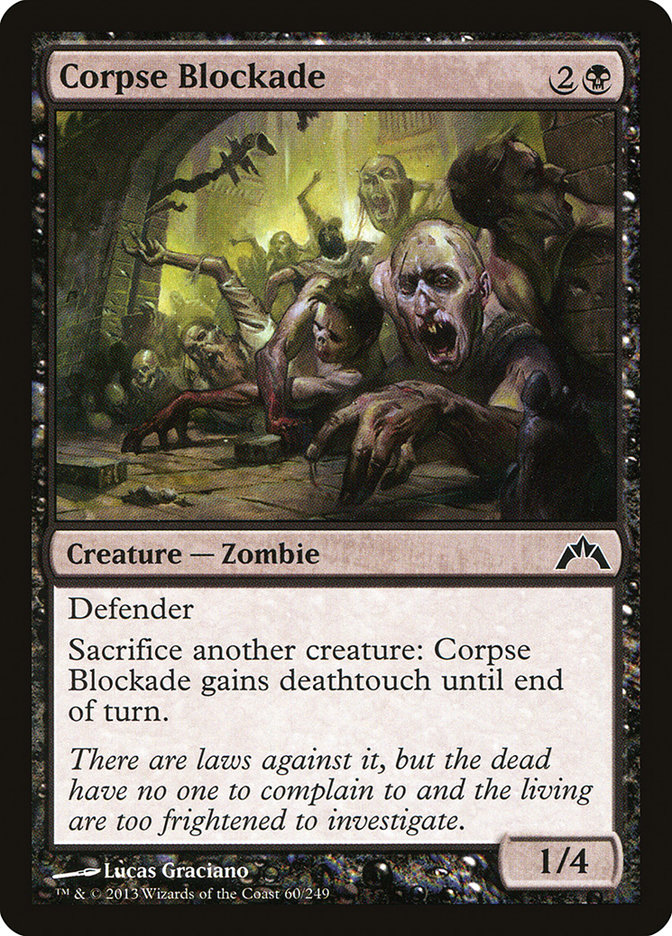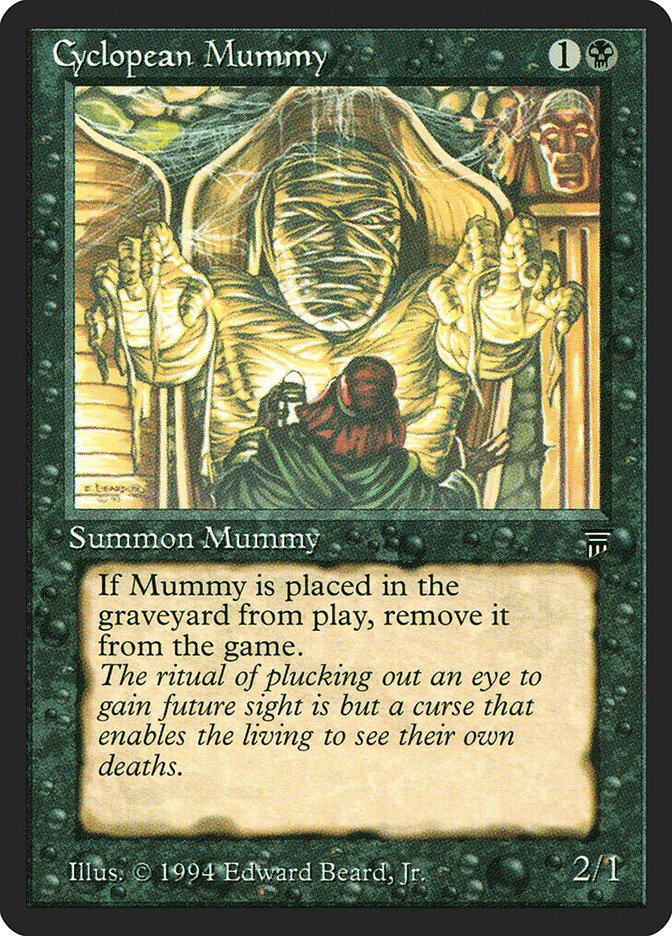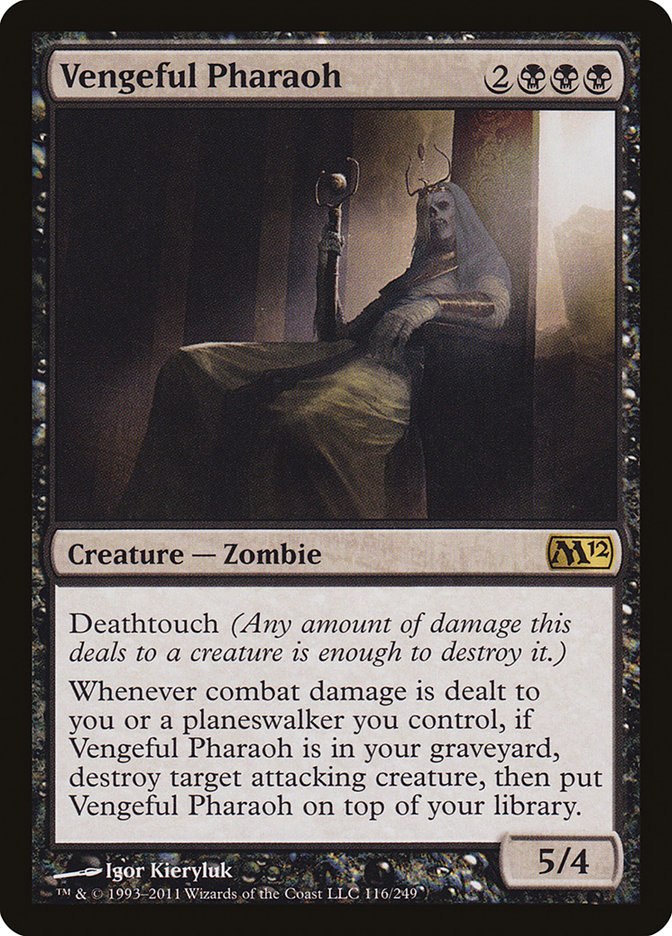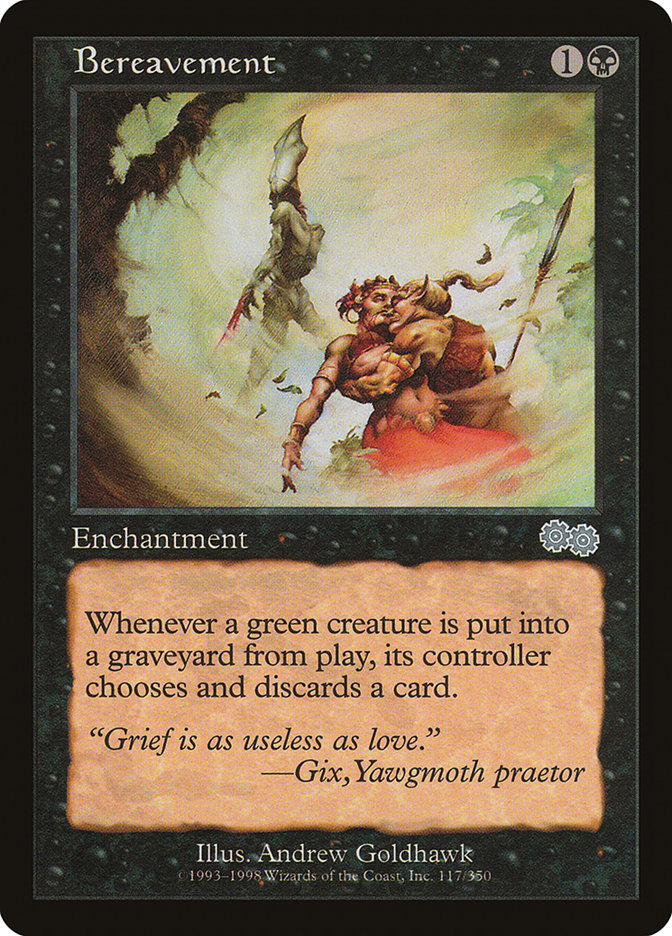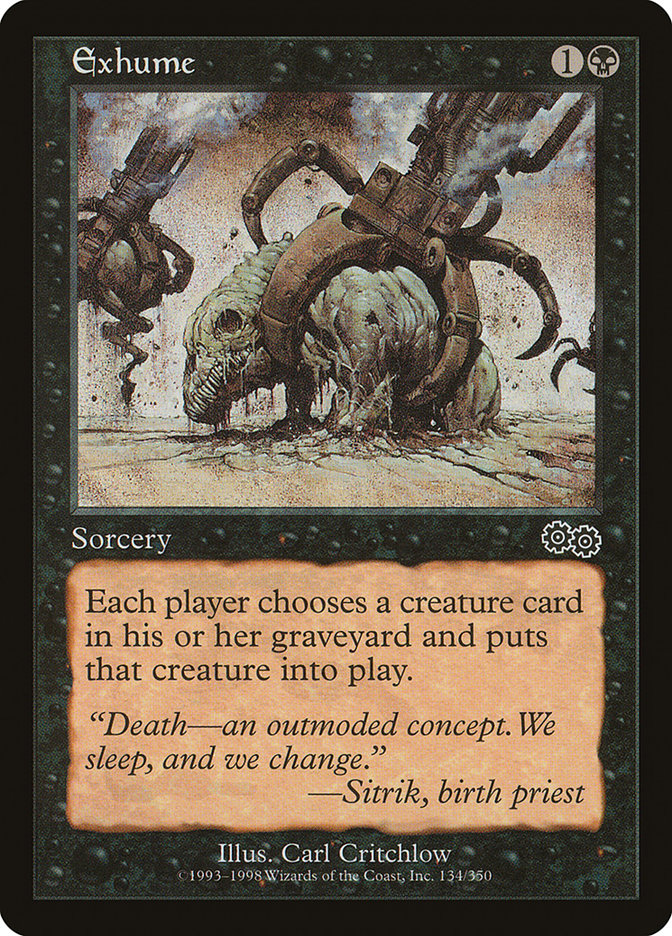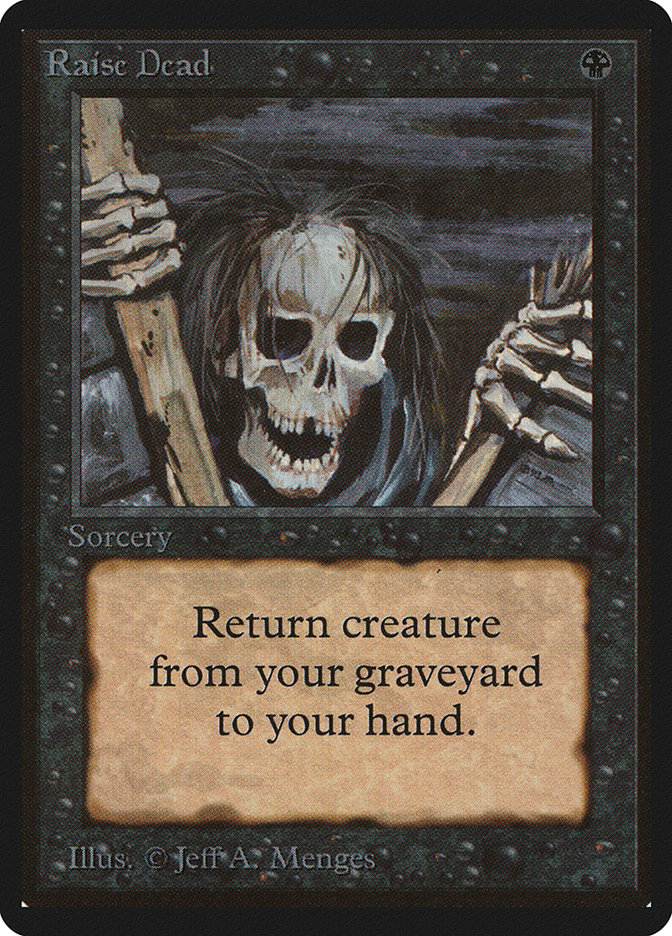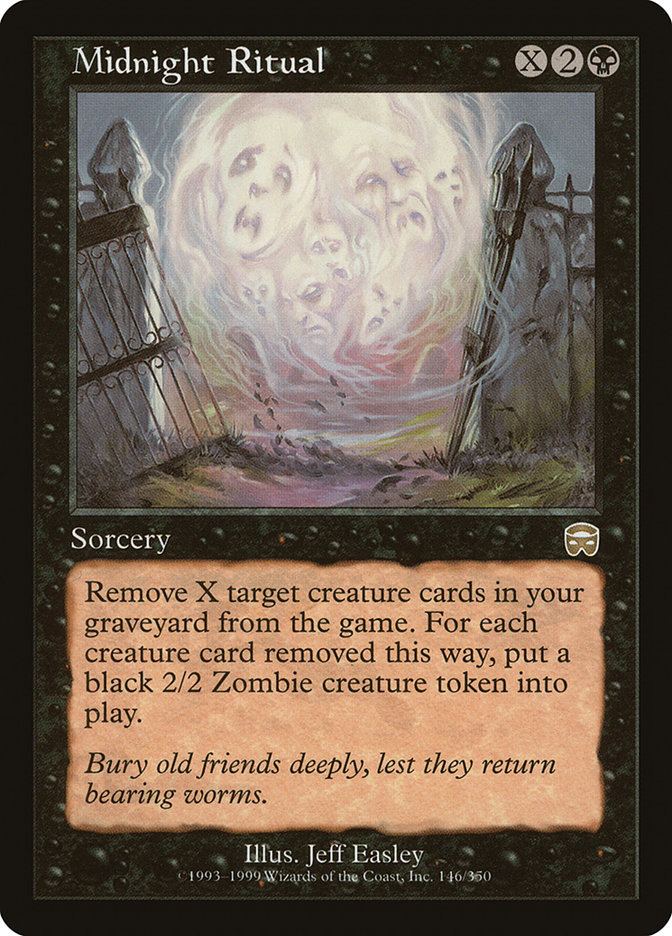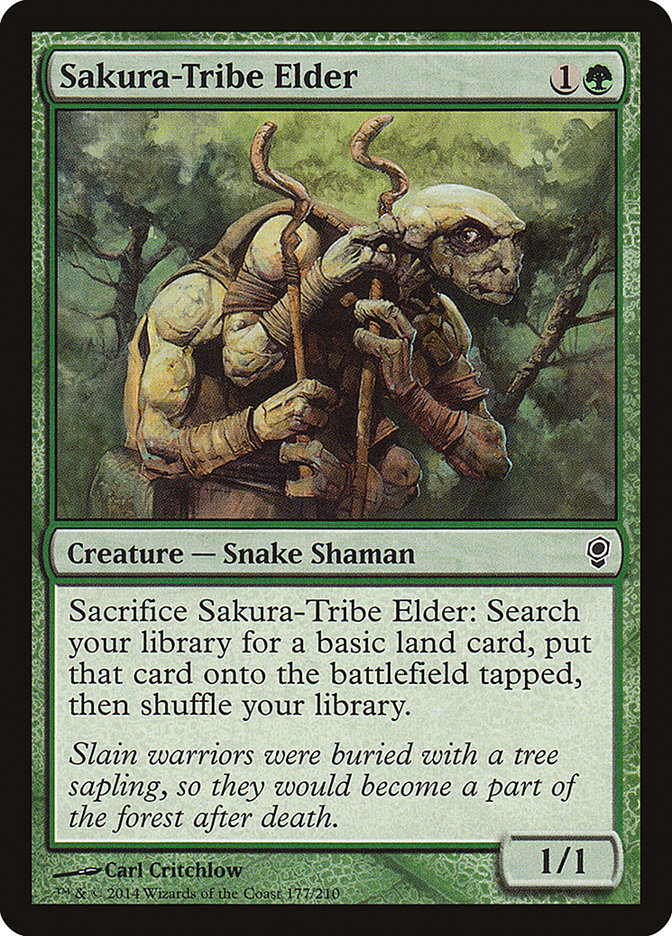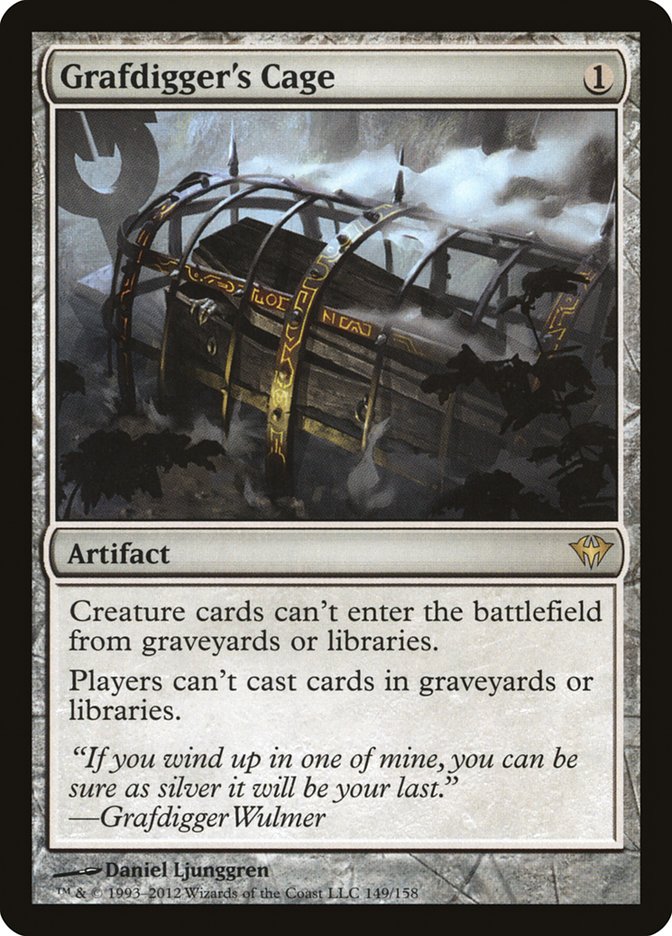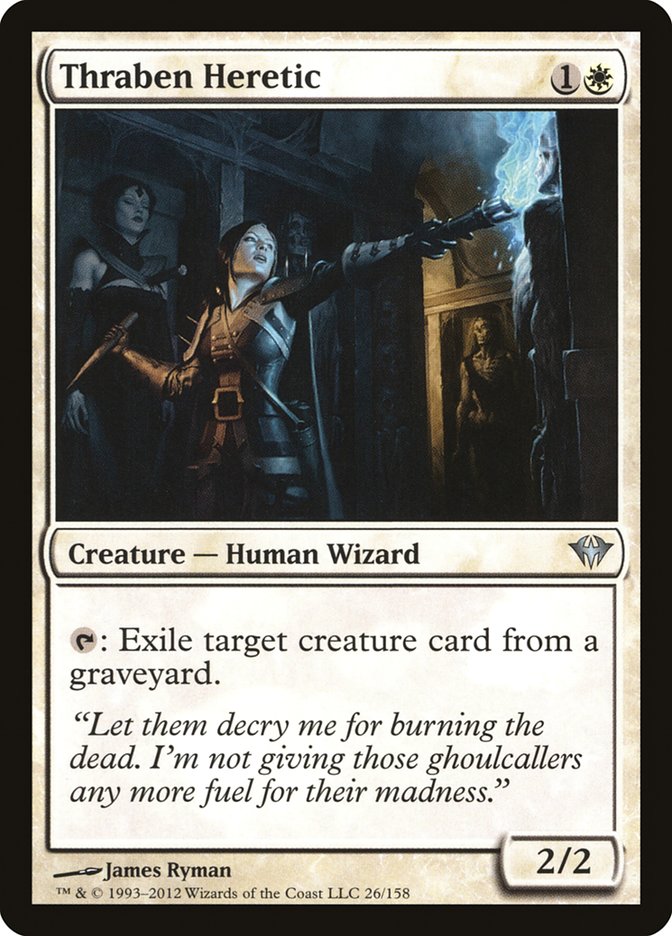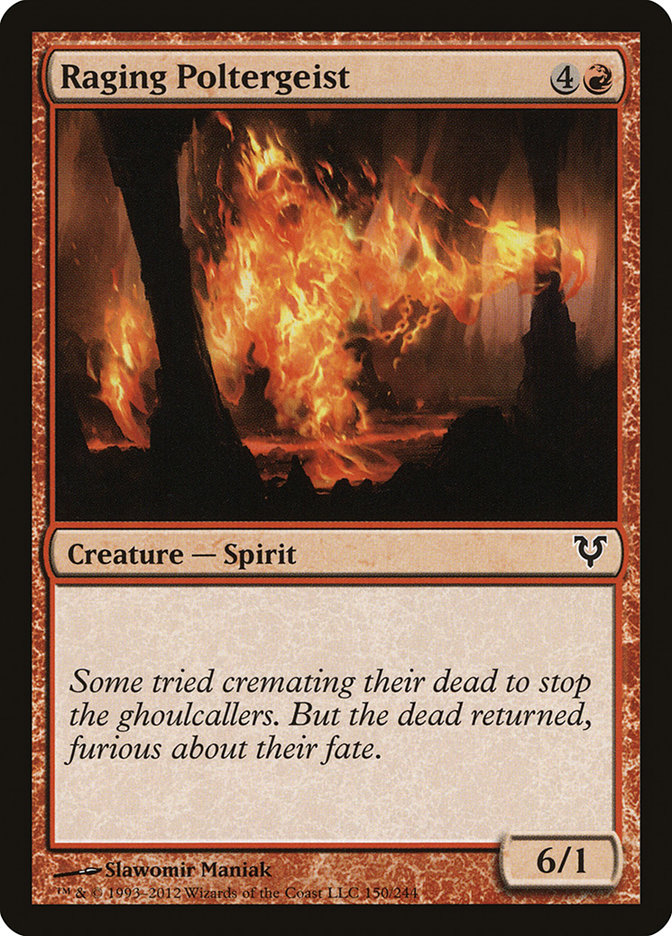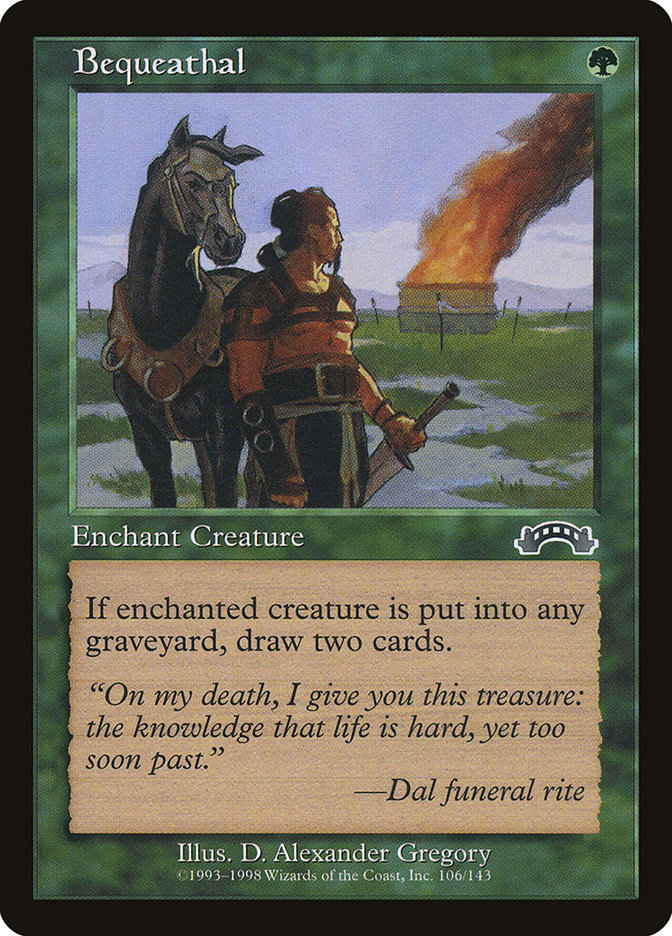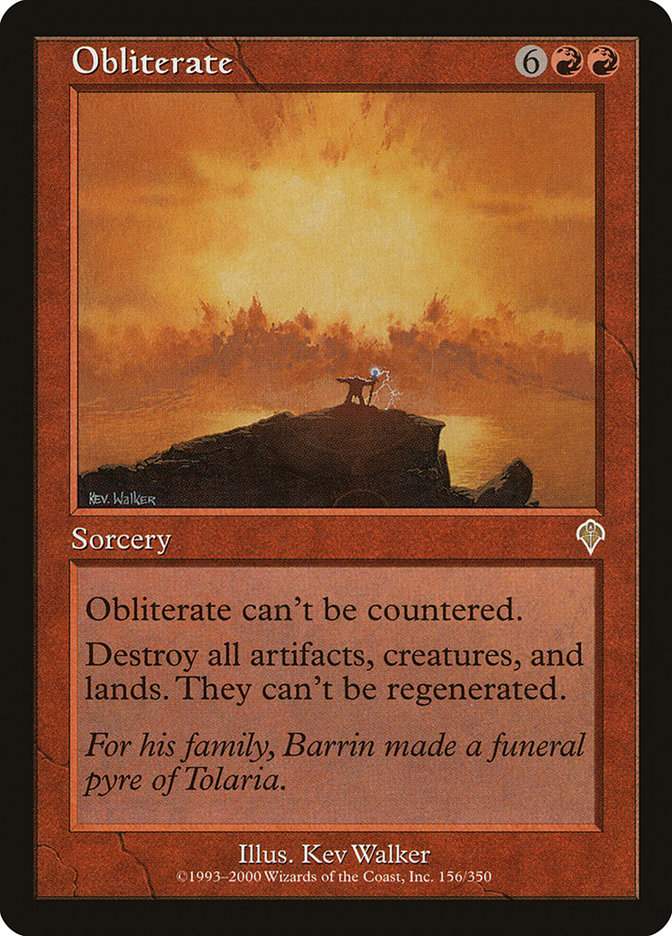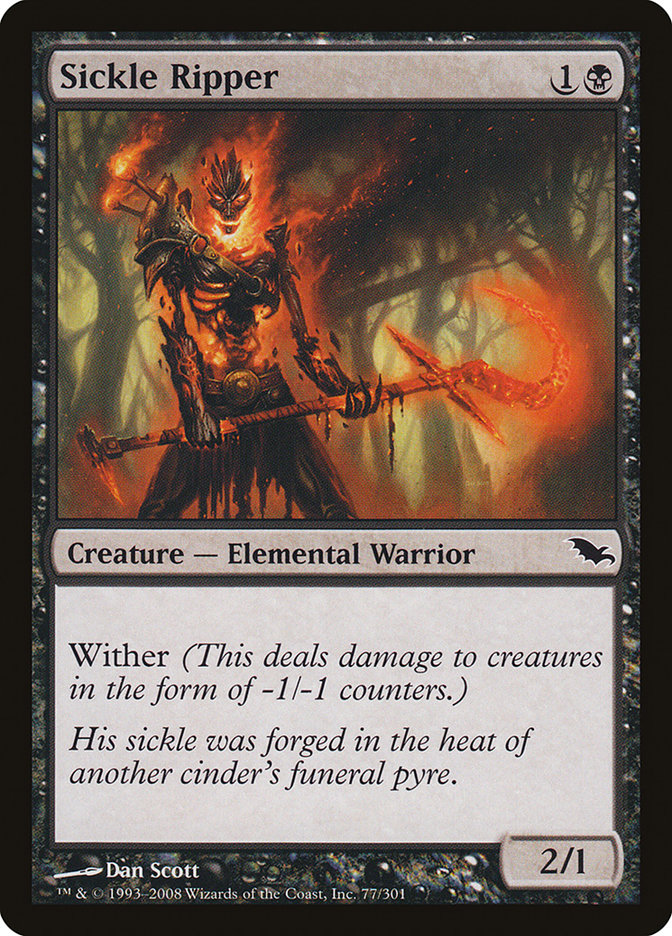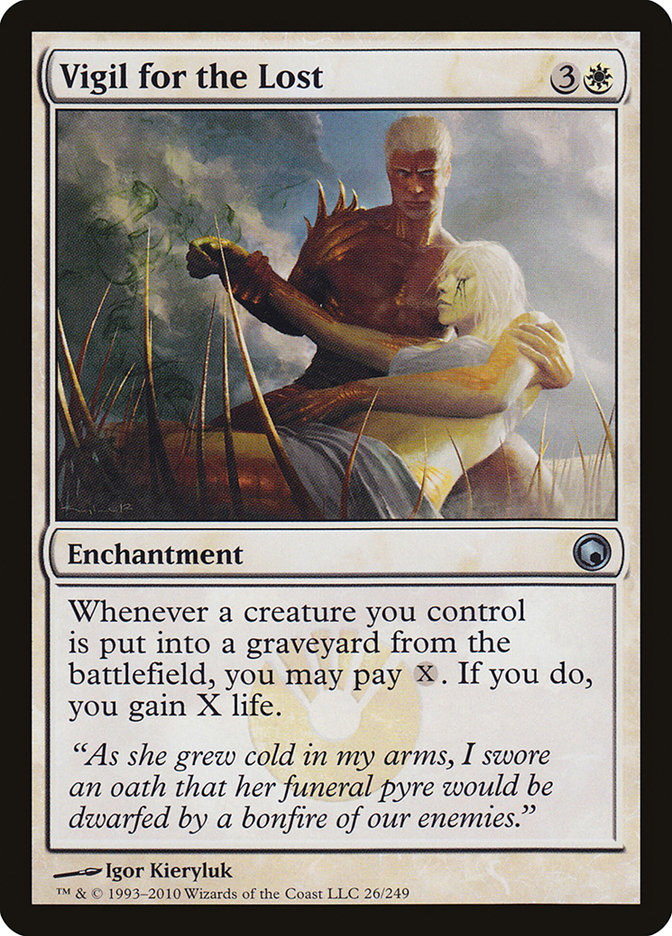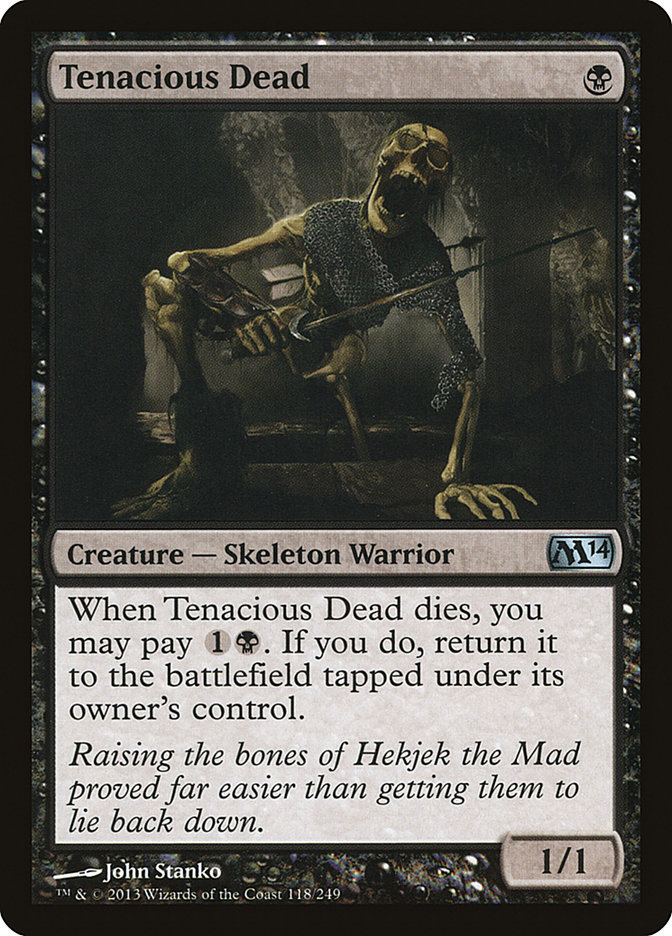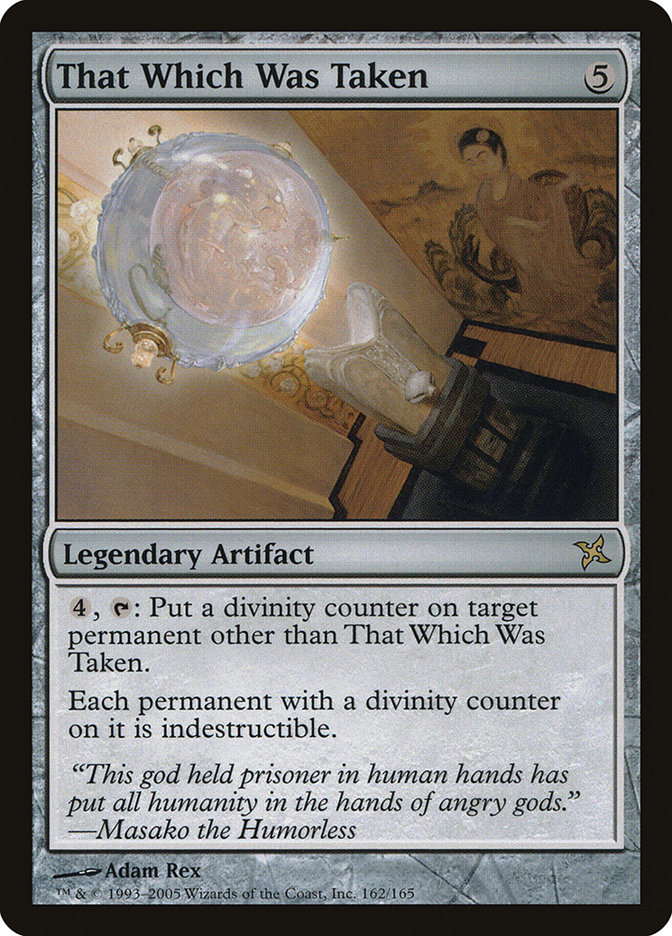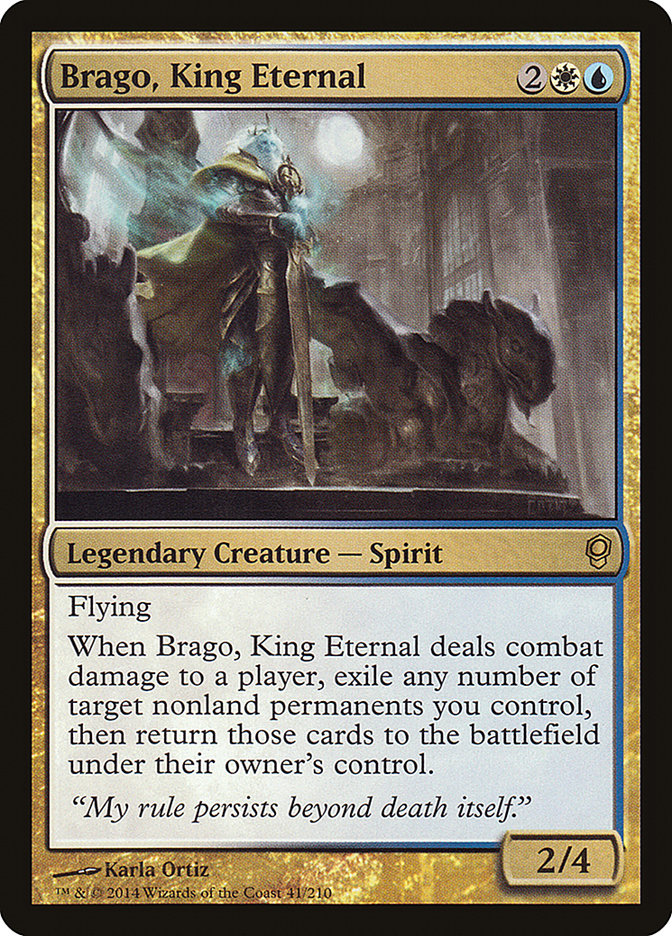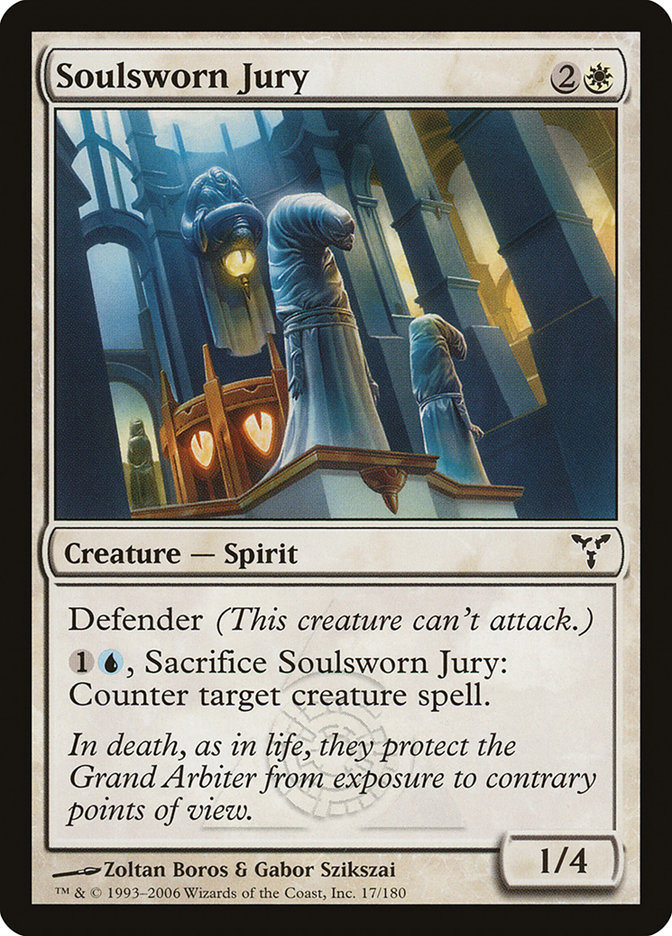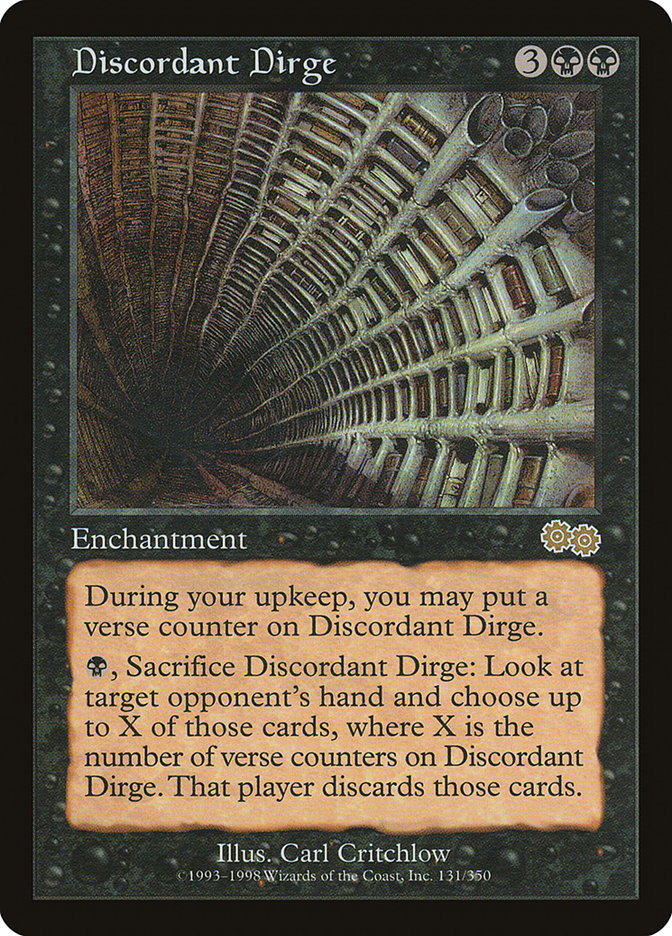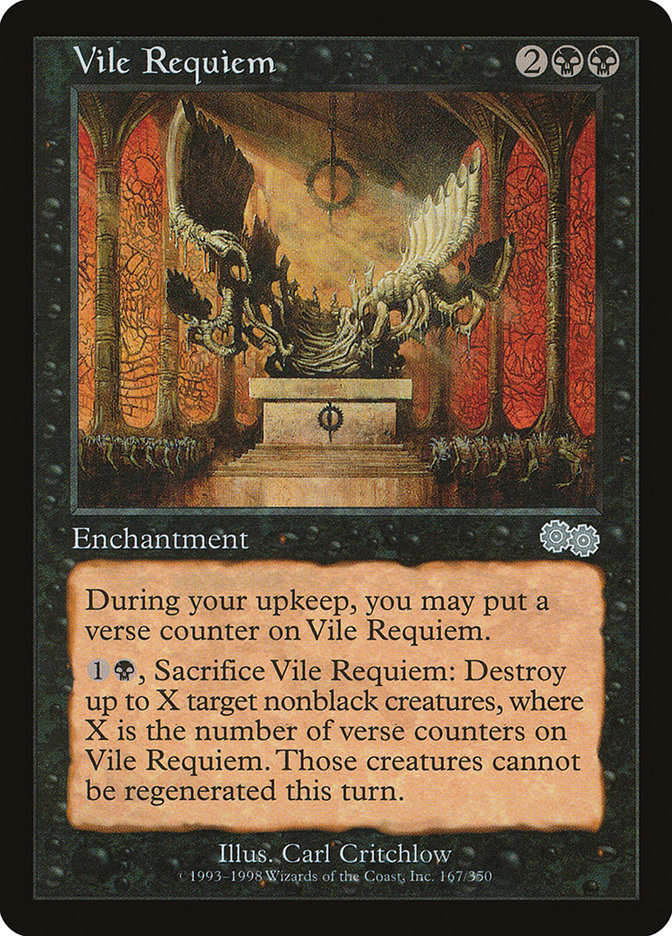There are few cultures on Earth that do not take death and the dead seriously. Desecration of remains is a crime felt in the gut, the one who jokes about
“worm food” at a funeral is a jerk regardless of accuracy, and if abuse of a corpse* were a uniformly prosecuted crime across the Multiverse, the prisons
and penitentiaries on a plurality of planes would become overcrowded in a hurry.
* Friendly advice: don’t type “abuse of a corpse” into Wikipedia. No, seriously. The redirect isn’t work-safe.
The politics of necromancing…the politics of ooh, raising dead…
Of course, “abuse of a corpse” could not be defined uniformly across the Multiverse any more than it is defined uniformly across the Earth. While some acts
are clearly out of bounds in mainstream U.S. culture, such as consuming the flesh of the dead, this is not universal across human history. An eco-conscious atheist might specify cremation in
a will, but members of several faiths and branches, particularly those that specify burial of an intact body within the earth, would find the idea utterly
repulsive (see the Wikipedia overview).
Not all funereal methods get equal time within the cards of Magic. Sea burial is spotty to nonexistent; I could find no cards specifically mentioning it,
though surely the residents of the Pirate Ship would have such rites for their dead (preferably nothing to do with the Drowned or the Lake of the Dead). Natural excarnation or de-fleshing similarly is touched upon little, if at all, but
it’s another example of how one culture’s “leaving a body to the vultures” is far different in connotation from another’s “leaving a body to the vultures.”
Mummification gets occasional nods, as with Cyclopean Mummy and Vengeful Pharaoh, but it’s far from common.
If the preceding paragraph made you think of
The Sandman, you win an Internet. I was just reading “Cerements”
the other day.
There’s also the Phyrexian approach, but that’s so far removed from any kind of ceremony or “due to the dead” that it’s not even funny.
By far the two most common methods for disposing of the Multiverse’s dead in ways that honor them involve earth and fire: interment in or near the ground,
or consumption by controlled (more or less) flame. I’ll give both a quick overview.
Entomb
The idea of ground burial is baked into Magic at its deepest levels: spells go not to the columbarium but the graveyard, and cards such as Raise Dead from Limited Edition Alpha would make no
sense in a society that had no concept of interment within the ground, so at least parts of Dominaria count for Team Entomb.
Burial within the ground is widespread but not universal among the planes of the Multiverse, and as one might expect, there is variance within planes as
well. On Mercadia, for instance, Midnight Ritual refers specifically to interment within the ground. The plane’s Cho-Manno rebels (who are white-aligned,
go figure) are less specific about their burial practices, though they have an elaborate mythology about a stream of souls they call “The River.”
Kamigawa counts, if Lantern-Lit Graveyard and Ishi-Ishi, Akki Crackshot are to be believed. Sakura-Tribe Elder also makes an allusion to burial, with the
twist of trees in lieu of tombstones.
Lorwyn too counts, at least in parts of its history. The Dolmen Gate actually is the remnants of a former tomb (see ” Dolmen” for more details). When Lorwyn flips to Shadowmoor, the Order of Whiteclay points to burial
mounds.
One might imagine that the overcrowded city-plane of Ravnica would be big on cremation, and the Orzhov have certain uses for it, but the Golgari still
believe in burial…a variation thereof, anyway.
Perhaps the most prominently burial-oriented plane in Magic is Innistrad. The horror-themed set is quite content to hang out in graveyards where all the
tombstones are decorated with Avacyn’s Collar and gravediggers — sorry, grafdiggers — construct elaborate cages to keep casket-dwellers in the
blessed sleep and out of creepy-crawlies’ hands.
Of course, if the good people of Innistrad had been that worried about the return of dead bodies, there were ways around that, as long as the
Church of Avacyn didn’t mind…
Well, that’s awkward.
Funeral Pyre
Not all spirits are as honked off as those of Innistrad about their bodies being burned. Among the Dal tribe on the plane of Rath, for instance, cremation
is proper, as expressed in one of my all-time favorite Magic cards, Bequeathal.
I’ve specified in my will that I want copies of this card distributed to the mourners. Writing a will before age 30: not morbid, just practical.
It’s hard to tell whether he was re-enacting a rite from his home plane or was just in “bleep the Phyrexians, burn the world” mode, but on the card
Obliterate, Barrin went with a grand-scale funeral pyre in the card Obliterate.
It’s not altogether a surprise that the flamekin, turned “cinders” by the shift from Lorwyn to Shadowmoor, would choose the heat of a ceremonial fire over
inhumation in cold ground.
Pre-Phyrexianized Mirrodin also has a clear example of funeral-pyre reference. The Auriok of the Razor Plains burn their dead, and when the ground is made
of metal, it’s not hard to see why.
Similarly, on the Dominarian continent of Otaria, the desert nomads opted for funeral pyres (the card Funeral Pyre itself comes from that setting) over
burial within the shifting sands. While the nomads have a strong belief in a female Ancestor, the flavor text on Zombie Infestation speaks for itself.
Lingering Souls
Speaking of zombies, that’s the typical (if by “typical” one means “typically looked-down-upon-and-probably-criminal”) use of dead bodies in Magic. A
little sorcery, and up they rise and off they go! They’re only zombies if they still have most of their flesh, of course; otherwise they’re just skeletons.
Interactions with the souls of the deceased, on the other hand, are far more varied and interesting. An early example of ancestor veneration is Anaba
Ancestor from Homelands. Kamigawa focused on a war between the mortal realm and the spirit world, precipitated by one of the former kidnapping one of the
latter. Cards such as Reito Lantern point to the beliefs of Kamigawa’s humans that were shaped by the plane’s Shinto source material.
While little is known for certain about the funeral rites of Fiora, home plane of Dack Fayden and the setting of Conspiracy, spirits exist there, though
they are not particularly common. Brago, King Eternal is the most obvious example, but others such as Custodi Squire also appear. This is less a case,
though, of spirits being used than spirits being part of society (or in Brago’s case, atop it).
Another case of rule beyond the grave: Nekusar, the Mind Razer.
On Ravnica, the city-plane’s complex mix of contracts extends beyond death. Some are simple bonds of kinship, such as the Benevolent Ancestor protecting
later generations, no signature necessary. On the other hand, the Soulsworn of the Azorius in the original Ravnica setting are drawn in part from the ranks
of the street-patrolling Wojeks of the Boros Legion; part of each Wojek’s contract is a 50-year term after death serving among the Soulsworn. Even more
maliciously, the Orzhov (who take “corrupt religion” to a whole other level) write traps into their contracts, drawing to themselves even more power.
Arguably the most complex and interesting case of “using” the spirits of the deceased comes from the Abzan in Khans of Tarkir. The “ancients,” or spirits
of the Abzan deceased, are bonded to the trees the Abzan take with them and can be called upon to fight in battle (or, as seen in
the Uncharted Realms story about Daghatar the Adamant
, to give on-point if nasty advice). While the Abzan themselves see this behavior as normal, the dragon Dromoka, who is white-green rather than
white-green-black, sees the use of the ancestral spirits as abhorrent necromancy, and Daghatar’s shattering of his amber spirit-mace is a turning point in
Tarkir’s history.
There are many more examples of “what’s done with the dead” in Magic, including musical cues, but to keep this article from going on forever I’ll turn it
over to you. What’s your favorite example in the game, and what fascinating finds have you made that I didn’t cover?


